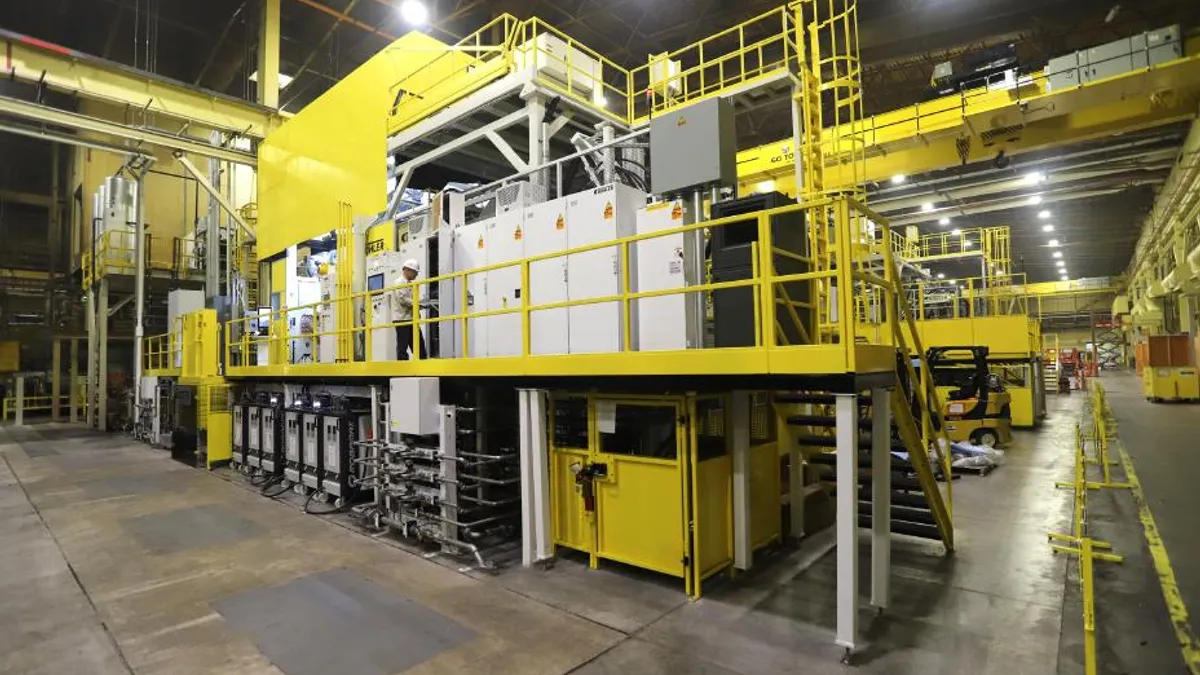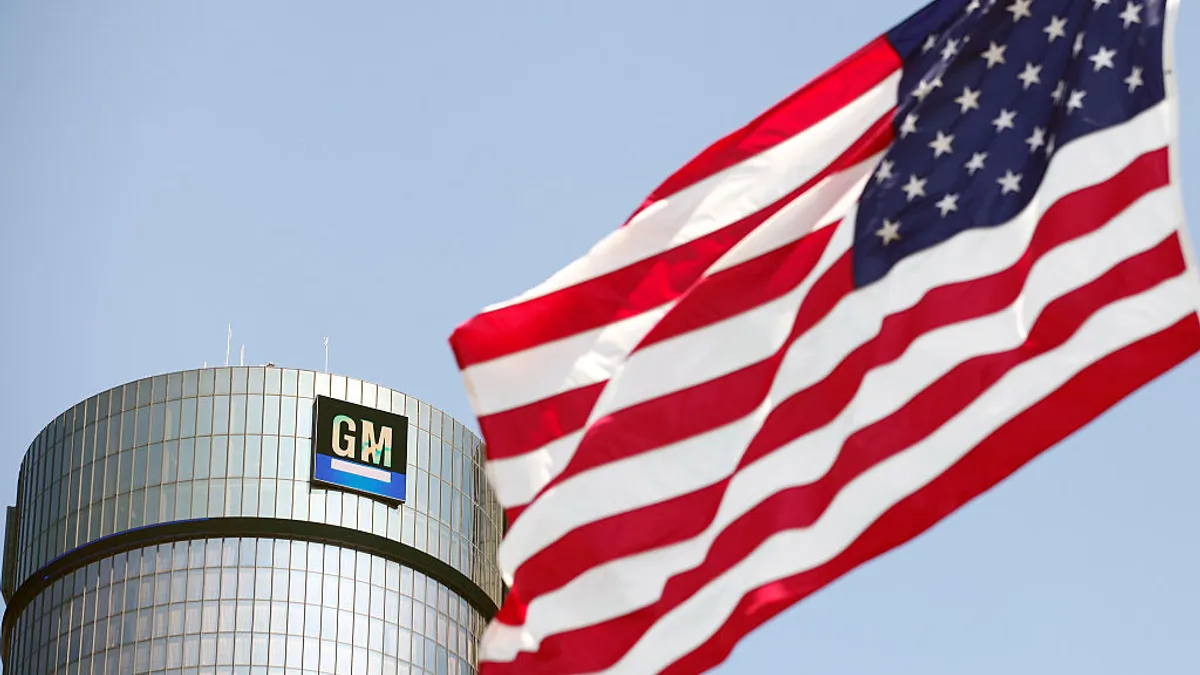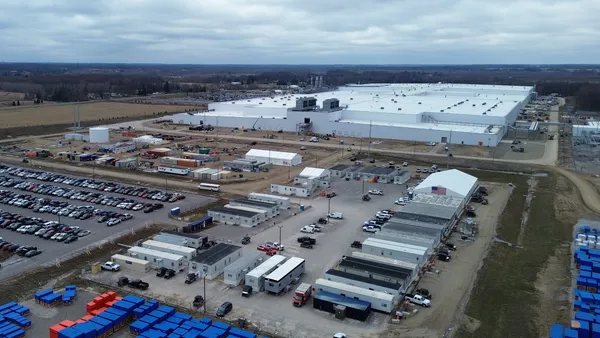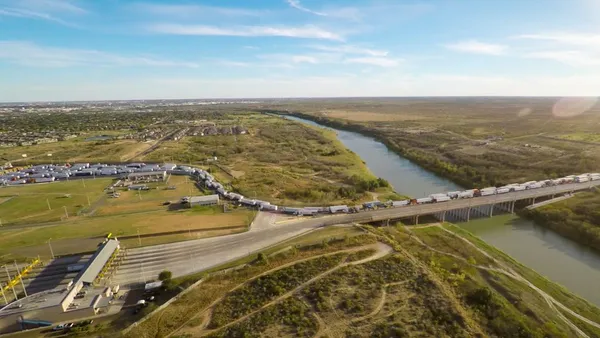Dive Brief:
- Honda is continuing to make progress on its manufacturing revamp in Ohio, as it looks to simultaneously produce gasoline, hybrid-electric and battery electric vehicles on the same assembly lines.
- The automaker is retooling processes at its factories in Marysville, East Liberty and Anna, Ohio, focusing on “human-friendly and environmentally responsible manufacturing layouts, processes and materials,” the company said in a Sept. 10 announcement.
- “Our efforts in establishing the Honda EV Hub in Ohio are not focused simply on EV production but on fundamentally reimagining our approach to manufacturing,” Mike Fischer, executive chief engineer and Honda EV Hub lead, said in a statement. “Our EV Hub in Ohio is creating an approach to EV production that will serve as the foundation for Honda operations throughout North America and globally.”
Dive Insight:
Honda is in the midst of overhauling assembly lines and machinery at the three plants as it transforms its presence in the state into an EV manufacturing hub. The company has committed $700 million for a continent-wide EV production upgrade.
Honda and LG Energy Solution are also constructing a $3.5 billion joint venture EV battery plant, slated for completion by the end of the year.
EV production is set to begin in the state in late 2025. In the meantime, Honda is installing new EV-specific manufacturing equipment, including the first of six 6,000-ton high-pressure die cast machines at the Anna plant. The machines will be used to megacast Intelligent Power Unit cases, which house a vehicle’s EV battery.
In Marysville, the EV maker is retooling the plant to sub-assemble the Intelligent Power Units that will be installed into Honda EVs. Workers there will combine battery modules with the IPU case made in Anna to manufacture mid- and large-size IPUs.
The company is on track for a new Acura EV to be the first BEV produced at its Ohio manufacturing hub late next year.
To do so, Honda is focused on simplicity.
The automaker is rethinking its factory floor design, creating layouts that reduce walking requirements for workers and revamping some installation processes to give more space for parts delivery and staging.
Honda has updated its electrification strategy across the globe this year with a 10 trillion yen ($64 billion) investment, prioritizing cutting vehicle production costs by 35% over the next decade. EV manufacturing has proven more expensive than many planned, pushing automakers to rethink their production strategies.
The company remains committed to its plan for EVs and fuel cell vehicles to account for 40% of global auto sales by 2030 and 100% of vehicle sales by 2040.
Hybrid sales, meanwhile, have been a boon for the company's growth this year, pushing profits up by 23% year over year in Q1 to a record 484.7 billion yen ($3.3 billion).












